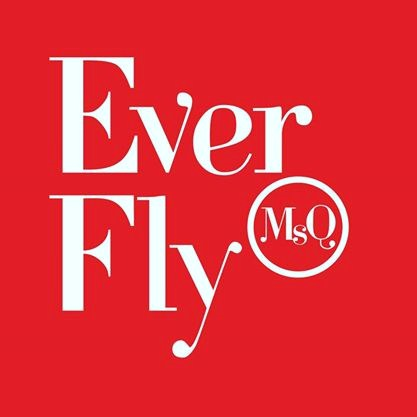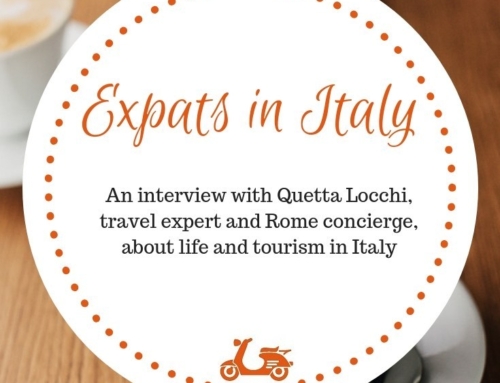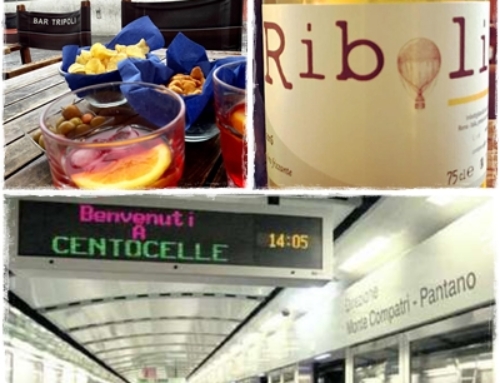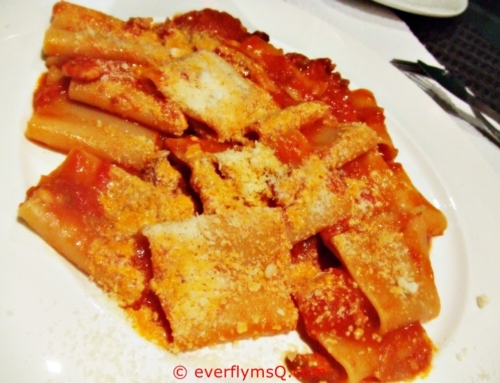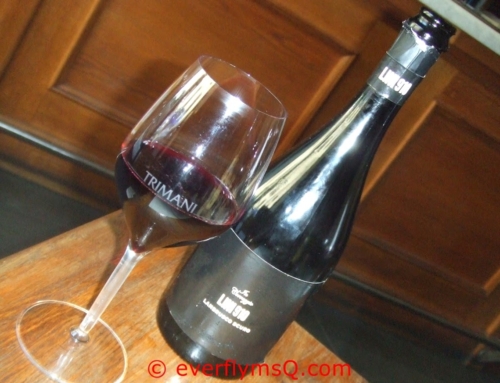Top 5 Rome Travel Tips
by Ms Q | Travel Concierge


Greetings from the Eternal City of Rome!
One of my greatest joys is preparing clients so that they can relax and confidently explore the the city.
So I developed a Rome Cheat Sheet – a comprehensive guide with cultural/practical info, including local cuisine descriptions, that will help them in their pre-planning and also while navigating the city and its customs.
But I didn’t want to leave you out, so I’m sharing a few of my fave Rome Travel Tips with you here!

A “Bar” in Rome actually refers to a Caffè Bar (Coffee Bar) – even though you can usually get alcoholic drinks too. Italians drink their coffee fast, standing at the bar – espresso means express. If you prefer to sit at a table, you will pay a bit more as waiter service is obligatory. You order and pay at the cash register (cassa) first, then bring your receipt to the barista, who will make your order. That means that you will need to maneuver between the other customers in front of the bar to have a look at the selection of cornetti/pastries/sandwiches, make a note of your choice and then inform the cashier. NOTE: most bars are open continuously from morning to evening, so can be a perfect place to bridge the gap when restaurants are closed between lunch and dinner service.
 Rome is filled with some of Europe’s most ancient and grand monuments, architecture, sculpture and churches. You would need 100 years to fully discover all of the Eternal City’s grandeur. I have been intimately connected to this city since 1997 and I still feel humbled at the depth and breadth of history/art/culture on offer. I say this to advise you not to try and do/see it all. Prioritize the sights that you are most interested in seeing and then relax into life as a temporary Roman…approaching each day with wonder and an unhurried demeanor. Many attractions are breathtaking from the outside and don’t require that you stand in an endless line in order to pay and enter. For example, the Colosseum is glorious to see as part of a visit to the Monti neighborhood – entering inside doesn’t substantially increase the awe. Unless you are an avid history buff, a walk on the long pavement overlooking the Forum gives a sufficient overview of the political center of ancient Rome.
Rome is filled with some of Europe’s most ancient and grand monuments, architecture, sculpture and churches. You would need 100 years to fully discover all of the Eternal City’s grandeur. I have been intimately connected to this city since 1997 and I still feel humbled at the depth and breadth of history/art/culture on offer. I say this to advise you not to try and do/see it all. Prioritize the sights that you are most interested in seeing and then relax into life as a temporary Roman…approaching each day with wonder and an unhurried demeanor. Many attractions are breathtaking from the outside and don’t require that you stand in an endless line in order to pay and enter. For example, the Colosseum is glorious to see as part of a visit to the Monti neighborhood – entering inside doesn’t substantially increase the awe. Unless you are an avid history buff, a walk on the long pavement overlooking the Forum gives a sufficient overview of the political center of ancient Rome. Aperitivo, the Italian aperitif is a light drink (usually with complimentary snacks) meant to be a preamble to dinner. Starting your evening with an aperitivo puts a golden light around whatever comes next. Traditional aperitivo drinks: white or sparkling wine, and cocktails like an Aperol Spritz, Campari & Soda, Gin & Tonic and the Negroni. Limit yourself to one or two as more can put a serious damper on your ability to eat copious amounts of pasta. As most Rome restaurants do not start dinner service until after 8pm, an aperitivo around 6:30/7pm is a good way to bridge the long gap after lunch.
Aperitivo, the Italian aperitif is a light drink (usually with complimentary snacks) meant to be a preamble to dinner. Starting your evening with an aperitivo puts a golden light around whatever comes next. Traditional aperitivo drinks: white or sparkling wine, and cocktails like an Aperol Spritz, Campari & Soda, Gin & Tonic and the Negroni. Limit yourself to one or two as more can put a serious damper on your ability to eat copious amounts of pasta. As most Rome restaurants do not start dinner service until after 8pm, an aperitivo around 6:30/7pm is a good way to bridge the long gap after lunch. The ubiquitous public drinking fountains of Rome, called ‘fontanelle‘ or ‘nasone‘, provide cold, sweet delicious liquid sustenance to all inhabitants & visitors. Romans committed to the population’s access to clean water in the 1870s when they began installing, at the peak, 5000 fountains. I rarely buy bottled water while out and about in the city and absolutely rely upon the 2,500+ currently flowing fountains to sustain me – especially during the hot summer months. Bring a reusable bottle while walking the city and refill at a fountain.
The ubiquitous public drinking fountains of Rome, called ‘fontanelle‘ or ‘nasone‘, provide cold, sweet delicious liquid sustenance to all inhabitants & visitors. Romans committed to the population’s access to clean water in the 1870s when they began installing, at the peak, 5000 fountains. I rarely buy bottled water while out and about in the city and absolutely rely upon the 2,500+ currently flowing fountains to sustain me – especially during the hot summer months. Bring a reusable bottle while walking the city and refill at a fountain. The four courses of a typical Italian meal are Antipasto (starters), Primo (1st course, usually pasta), Secondo (2nd course, usually meat/fish/fowl), Contorni (usually vegetables or less frequently, salads) and Dolce (dessert). Then comes coffee and finally a digestive (high-proof liqueur): grappa, limoncello or amaro. While you can have each one of the courses available, it’s also acceptable to skip one or two, but you will be served always in this order. Note: these courses are the theoretical maximum – you absolutely do not need to order every course and it is acceptable to share a course with your dining partner.
The four courses of a typical Italian meal are Antipasto (starters), Primo (1st course, usually pasta), Secondo (2nd course, usually meat/fish/fowl), Contorni (usually vegetables or less frequently, salads) and Dolce (dessert). Then comes coffee and finally a digestive (high-proof liqueur): grappa, limoncello or amaro. While you can have each one of the courses available, it’s also acceptable to skip one or two, but you will be served always in this order. Note: these courses are the theoretical maximum – you absolutely do not need to order every course and it is acceptable to share a course with your dining partner.
